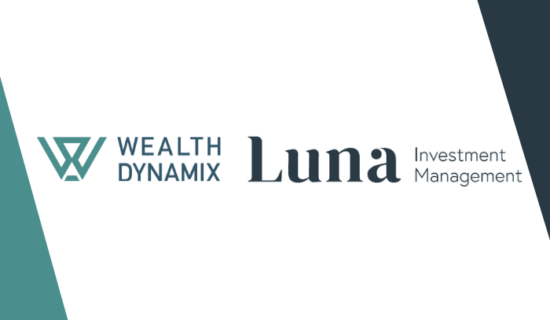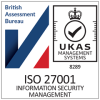What are the main pitfalls wealth management firms face when it comes to customer engagement? Here are the best ways to overcome these challenges.
Having discussed some of the root causes of dissatisfaction with wealth managers in Asia Pacific, I’d like to take a more positive tack, and highlight how managers can harness emerging technologies to enhance client lifecycle management and pave the way for new revenue opportunities.
Wealth Management compared to other industries
First, we need to recognise that although personal relationships have always played a key role in wealth management, it’s not immune to the forces of digitisation sweeping so many other industries. Clients in Asia Pacific are increasingly looking for the kinds of experiences leading tech players are offering. One recent study, for example, found 81.5% of high net worth individuals (HNWIs) in Asia Pacific ex-Japan would be interested in receiving wealth management services from so-called ‘BigTech’ firms such as Google, Amazon and Alibaba, compared to just over 50% of HNWIs globally. [1]
Digitisation means more than replacing time-consuming paper-based processes with digital equivalents. To us the real prize is creating a platform to empower both the client and the manager to make better decisions, and deliver (or access) more tailored services in a more seamless, intuitive manner. That results in a better overall client experience, defined by the following features:

1. Self-service
Clients of all wealth levels appreciate being able to log onto an app or web portal themselves to perform a variety of functions on their own time. Moreover without having to wade through convoluted call-back approval procedures that suit the institution and not the customer, or waiting for their advisor to confirm a simple request. A more digitised workflow provides a foundation for this self-service. Thus controlling and displaying client data centrally, and different departments at the institution don’t constantly need to shuffle through or cross-check it.
2. Single capture, multiple use
Creating a central repository of client data is an important foundational step. However ensuring the correct data is rigorously captured in a format that eradicates time-consuming ‘re-keying’ is critical to the productivity and operational efficiency of the business, not to mention client service excellence. The client will face fewer redundant requests for information and, if signing up for a new account or product, may need to do nothing more than endorse an entirely pre-populated form. Even better, data across various accounts or products can be presented to clients in an integrated, real-time manner, giving them the benefit of a single source of information and the convenience that brings.

3. Gamification
Gamification may sound overly playful for ‘serious’ processes like risk management. However the fact is many attempts to build client profiles involve tedious checklists and clumsy efforts at data collection. By leveraging digital tools and approaches, these processes could be conducted in a much more engaging way without losing any of their value. Perhaps even garnering better-quality information by making clients more motivated.
4. A ‘bionic’ approach
While digitisation creates exciting possibilities, it also has its limits. Research has made it clear there’s still a strong demand and need for human interaction throughout the client lifecycle, even among millennials. [2] That argues for a ‘bionic’ approach where ‘manual’ interactions with clients are supported and enhanced through the effective use of technology tools fed by the right data resources. Far from being mechanical, the real power of data comes to the fore by enabling the creation of highly tailored, personalised solutions. A topic I’ll explore in my next piece.
[1] Capgemini Asia-Pacific Wealth Report 2018
https://asiapacificwealthreport.com/resources/asia-pacific-wealth-report-2018/
[2] https://fundselectorasia.com/millennials-retain-faith-in-human-wealth-advisers/
Download the “The Keys to Customer Engagement” infographic





